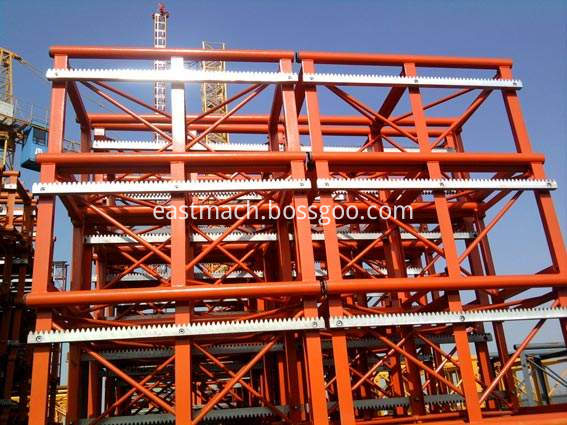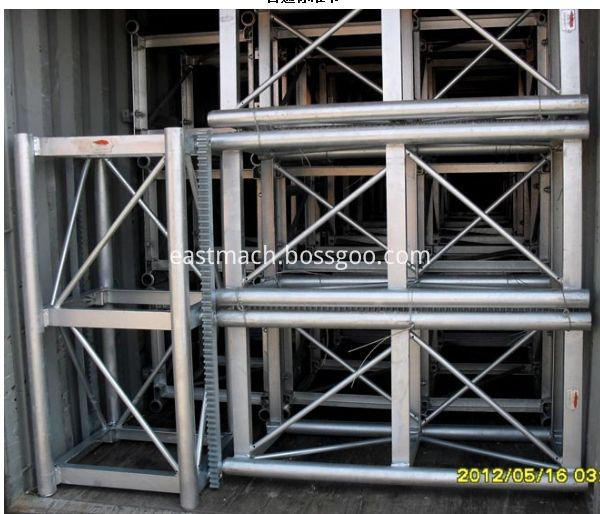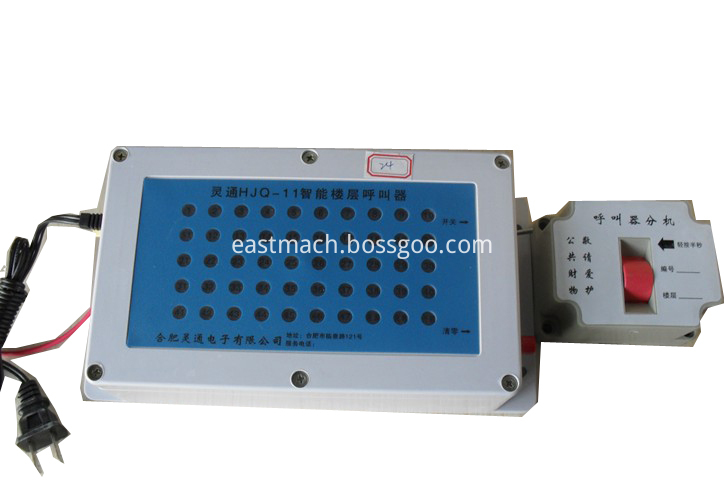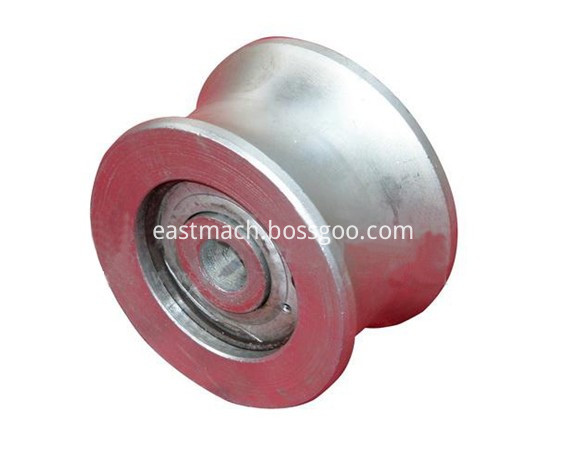The Durban World Climate Conference has just closed. How to control the global warming has once again become a hot spot in the world. As the world’s largest emitter of carbon dioxide, China’s emission reduction pressure is huge. However, China is still a developing country, and if it is hard to reduce emissions, it will pay a heavy economic cost. So, is there a best of both worlds? According to Jiao Xiuji, an academician of the Chinese Academy of Sciences and a professor at Xiamen University, one of the outlets is to increase the absorption and storage of carbon dioxide (carbon sinks), that is, to increase foreign exchange, and put forward the theory of marine micro-biological carbon pumps.
Turn active organic carbon into inert
The ocean is a world where people are both familiar and unfamiliar. People know that it contains endless treasures. In fact, the ocean has another extremely important function - the buffer of climate change. The carbon dioxide emitted by human activities far exceeds the increase of carbon dioxide in the atmosphere. Where does the extra carbon dioxide go? It turned out that one-third of human carbon dioxide emissions were absorbed by the ocean. If no ocean absorbs this part of the carbon, today’s earth will be hotter. However, the entire mechanism of carbon storage in the ocean is not yet clear. Currently known mechanisms are solubility pumps and biological pumps. However, this does not explain the existence of a large dissolved organic carbon pool in the ocean. This carbon pool is equivalent to the total amount of carbon dioxide in the atmosphere. Its importance is evident, but its main cause is still pending.
It is the "micro-biological carbon pump" theory proposed by Professor Jiao Jiaozhi that answers this question. There are countless tiny, but extremely large, micro-organisms in the ocean. They have special functions, play a pivotal role in the marine ecosystem and even global changes, and are invisible in the ocean. The conversion of active organic carbon to inert organic carbon (RDOC), which enables carbon to be stored in the ocean for long periods of time, is the carbon storage role of microbiological carbon pumps, which provides new insights into the deep understanding of the mechanism of ocean carbon storage.
Excavate the potential for increasing foreign exchange in vast sea areas
The sea areas under the jurisdiction of China account for 1/3 of the total land area, and the carbon sink has great potential. Professor Jiao Nianzhi's micro-biological carbon pump theory has brought new ways to increase foreign exchange. Known mechanisms for absorbing CO2 in the ocean are Biological Pump (BP) and Solubility Pump (SP). Compared with the classic bio-pump, the micro-bio-carbon pump not only “pumps†organic carbon from low-concentration active carbon pools to high-intensity inert carbon pools, but also contributes to the huge carbon reservoir of inert dissolved organic carbon, and it also changes. The chemical composition of organic matter, micro-bio carbon pump stores carbon, releases nitrogen and phosphorus, provides essential nutrients for primary productivity. Compared with the solubility pump, the micro-bio-carbon pump does not have a chemical equilibrium shift and will not cause other ecological disasters such as ocean acidification. Therefore, marine micro-biological carbon pumps not only have important theoretical significance, but also have broad application prospects.
Theoretical system gains international recognition
From the discovery of a large number of micro-organisms, Prochlorococcus pluvialis in China's sea area, and determine its distribution range and regulatory mechanism, to study planktonic viruses, planktonic archaea, aerobic and oxygen-producing heterotrophic photosynthetic bacteria AAPB, rhodopsin-containing bacteria, etc. A series of special marine functional groups and the proposal of a theoretical framework for Microbial Carbon Pump, Prof. Jiao always adheres to the principles of scientific research that he broadens his ideas and rigorously seeks proof. Through innovative technologies and unique insights, he has conducted numerous investigations and forensics. , Comparison, and gradually build and enrich their own theoretical system. Even when the concept was first proposed in 2005, he would never give up.
With Professor Jiao Nianzhi reporting one after another at the international academic conference, the importance of marine microbiological carbon pump theory has been recognized by more and more scientists. In 2008, the International Commission of Marine Science (SCOR) set up a SCOR scientific working group of miniature biological carbon pumps, led by Professor Jiao Jiaozhi and from scientists from 12 countries and regions including the United States and Europe. Over the past few years, Jiao Nianzhi has devoted a lot of effort to lead the working group in the international academic arena.
In June 2010, the United States "Science" magazine interviewed more than a dozen scientists in seven countries on the theory of microbiological carbon pumps, and conducted special reports in its news focus column, referring to microbiological carbon pumps as "a huge carbon pool." Behind the scenes." In August 2010, the UK's "Natural and Microbiological Review" published articles on carbon storage mechanisms such as Jiao Nianzhi and other micro-organisms, and made highlights on its cover, catalogue, and web pages. In 2011, the International Association for the Advancement of the Oceans and Lagoons (ASLO) selected micro-biological carbon pumps as frontier scientific issues for ASLO, and the United States "Science" magazine published a supplement to marine micro-biological carbon pumps.
Construction Hoist Parts is mainly includs mast section, motor, reduction gear, anti - fall safety device, cable, high - strength bolts and roller.
The progressive anti-falling safety device and the motor adopts reliable automatic compensation disc brake to ensure the operation safety.
The general length of each mast section is 1508mm, the rack is fixed on the mast by three bolts and it can be exchanged. For the single cage hoist there is only one rack on the mast section, and the mast section can be used for the double cages hoist by increasing one rack.
The section of the mast is diverse, select one type section according to different hoist. The mast sections are bolted together with M24 bolts and nuts to form mast. The mast is tied to the building with tie-in and is the guide rail of the cage.
According to the user's or circumstance's request, surface of mast is hot dip galvanized, which can prevent it rusting.




Construction Hoist Parts
Construction Elevator Parts,Construction Aerial Work Platform,Construction Hoist Spare Parts,Construction Hoist Elevator Parts
Jinan East Machinery Co.,Ltd. , http://www.jneastmach.com
![<?echo $_SERVER['SERVER_NAME'];?>](/template/twentyseventeen/skin/images/header.jpg)